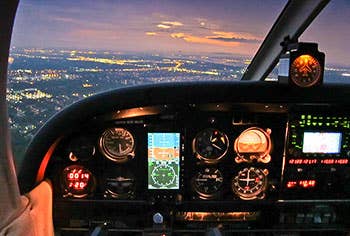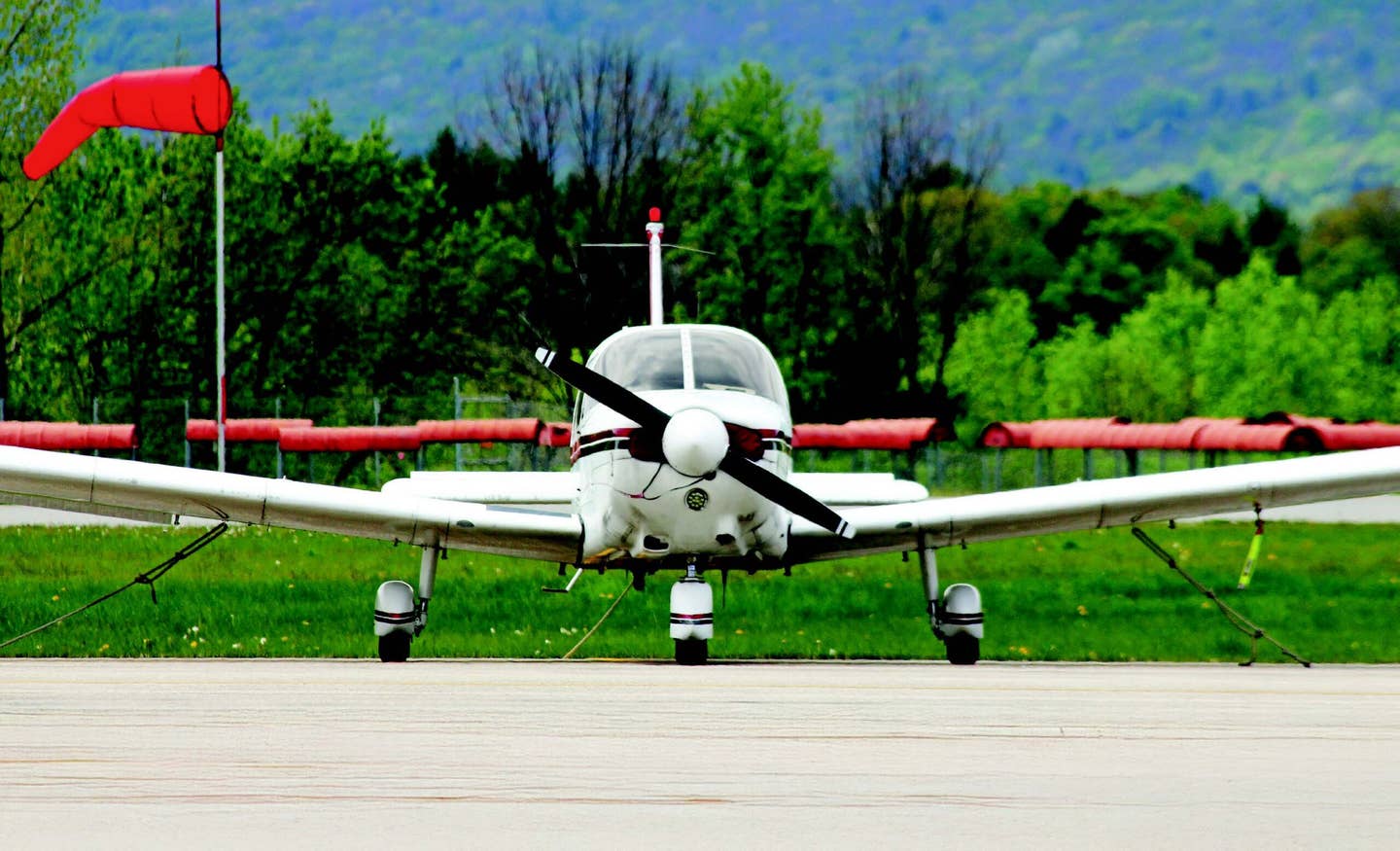
Is this a trick question? If you say there aren’t any prescribed takeoff minimums for Part 91 operators, you would be correct; however, just because something is legal doesn’t make it smart. You might even have heard an instructor saying you can take off if it’s “zero-zero.” That advice is as impractical as it is, well, stupid. Flying involves risk. We can’t let ourselves be paralyzed by those risks, but we certainly need to manage them, so here are some factors you might want to consider in making an IFR takeoff decision.
Obstacle Clearance
First and foremost, you need to know if your aircraft performance is adequate to meet the climb requirements for the specific departure you're about to execute. These minimums are found in the Takeoff Minimums and (Obstacle) Departure Procedures. Not sure what I'm talking about? You aren't alone. You might be surprised to know how many applicants for an instrument rating don't know where to find this information or how to apply it.
The climb rates specified in departure procedures are in feet per nautical mile, so you need to convert those figures into feet per minute based on your groundspeed. If the required climb clearances are even close to your aircraft performance, don’t bet your life. Wait until the ceiling and visibility are good enough to avoid the obstacles visually. If no obstacle procedures are posted, you still must be able to climb at 200 feet per nautical mile. This should not be much of a problem for most airplanes at sea level, but it could be questionable as density altitude increases. Light piston twin drivers already know a 200 feet per nm climb rate might not be possible on one engine, so it would be wise to know if there is lower terrain around the airport. To maneuver safely around terrain until you can return for landing or climb to the minimum safe altitude would, of course, require that you have adequate visibility and cloud ceilings. As a minimum visibility, you might want to consider having 1 mile of visibility for every 60 knots you are flying. Sixty knots: 1 mile visibility; 120 knots: 2 miles visibility, etc.
Here’s an example of how you might frame your takeoff decision at El Paso International Airport (KELP), in Texas: The takeoff minimums for Runway 26L at KELP as published in the Takeoff Minimums and (Obstacle) Departure Procedures are standard with minimum climb of 490 feet per nm to 6,300 feet.
An airplane climbing at 90 knots would need to climb at least 735 feet per minute to avoid obstacles. With El Paso’s field elevation being about 4,000 feet, this might be difficult for some airplanes and impossible for a light twin on one engine. In this case you would have two options: Wait until the ceiling and visibility allow you to climb under VFR to 6,300 feet, or take off on Runway 22, which has a standard climb gradient of 200 feet per nautical mile. Given the obstacles present for Runway 26, taking off on Runway 22 would represent less risk under any circumstance, making the slightly longer taxi a small price to pay.
Another issue you might encounter is being assigned a departure procedure you hadn’t planned on. The Instrument Procedures Handbook makes it clear that if you can’t comply with the climb gradient on the SID, you shouldn’t accept the clearance. Sometimes you might receive your clearance while you are taxiing, just before takeoff. Don’t accept a departure procedure unless you’re sure you can meet any required climb gradients and, of course, navigate the departure procedure.
Aircraft Malfunctions
If you want to be conservative enough to plan for the unfortunate event of an engine failure after takeoff, which you should, you want enough visibility and a high enough ceiling to find a place to land and execute a forced landing under Vmc. Circling minimums are a good start. Even with a relatively minor malfunction, flying an instrument procedure can be more difficult than you imagine. Being able to make a visual approach will greatly reduce your workload.
I realize you certainly can’t plan each phase of flight based on the ability to safely recover from every possible malfunction, but you can minimize the risks with a little planning. To that end, you might want to consider a “takeoff alternate,” an airport with better weather near your departure point that you can safely reach in the event of an aircraft malfunction. Simply preparing mentally for this event can significantly improve your prospects for a favorable outcome.
Transition to Instruments
It takes all of us some time to transition from visual to instrument references. That time is largely a function of experience and proficiency; some pilots take a second or two, and some take longer. I've seen many pilots level off, or even descend, while they transition from visual flight references to flight instruments. This is understandable; after all, how many times have most pilots, particularly newly instrument-rated pilots, actually done this? Sure, I know it's part of the Practical Test Standards for an Instrument Rating, but doing this at low altitude in the weather is a bit different from simply putting on a pair of foggles.
Reasonable IFR Takeoff Minimums?
For commercial operators, the FAA requires a minimum of 1 mile of visibility for single- or twin-engine airplanes, and chances are fairly good these crews are both experienced and proficient at what they are doing. My suggestion for newly minted instrument pilots is to delay departure until the ceiling and visibility are at least at or above circling minimums, which typically are 500 feet ceiling and 1-mile visibility. There aren't any absolute rules when it comes to risk management, so you have to weigh all the variables and make decisions based on your best judgment, but it probably doesn't hurt to delay the takeoff until the weather improves.
So, given your experience and proficiency, let me ask the question again: What are your IFR takeoff minimums?
Roger Sharp is the general manager for Flight Operations at Redbird Skyport in San Marcos, Texas, and runs its FAA Part 141 flight school. He is a designated pilot examiner for airplanes (land and sea) and helicopters, and he holds several ATP ratings.

Sign-up for newsletters & special offers!
Get the latest FLYING stories & special offers delivered directly to your inbox






